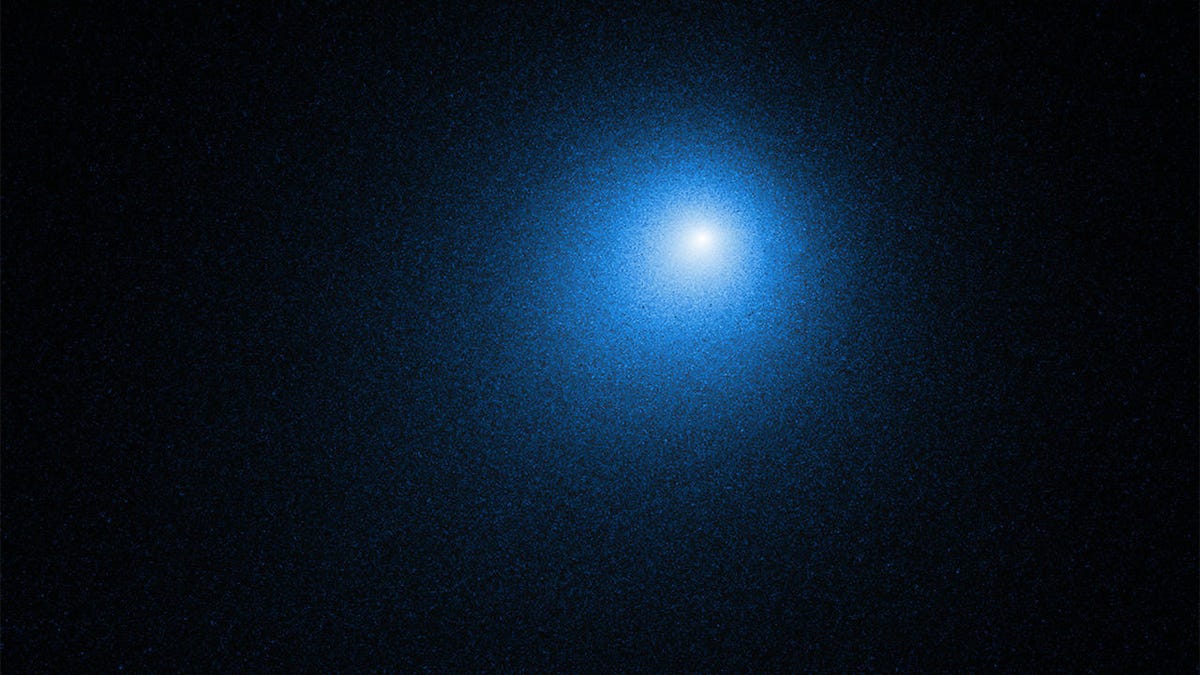NASA telescopes snap Christmas comet, the brightest of 2018
At this time of year, in this part of the universe, localized entirely within our solar system!
When you look to the sky to spot a comet at this time of year, you might be referring to one of Santa's eight original reindeer.*
However, Christmas 2018 has been particularly kind to folk watching for the astronomical kind of comet, because hyperactive 46P/Wirtanen has swung past Earth for a historically close flyby. Of course, NASA was there to capture all the angles using a suite of space telescopes including Hubble, the Chandra X-ray Observatory and the Neil Gehrels Swift Observatory.
The image above was taken by Hubble's Wide Field Camera 3 (WFC3) on Dec. 13 when the comet was 7.4 million miles (12 million kilometers) from Earth. The solid core of the comet, the nucleus, hides within the blue aura and is composed of gas and rock. The glow is created by the comet heating up as it passes through the solar system, releasing the trapped gases into the surrounding space. Although 46P/Wirtanen has been described as a "ghostly green", post-processing has painted the image blue.
Because 46P/Wirtanen came so close to the Earth, astronomers have been able to investigate what the comet is made of and how the gases within may be changed as they zip through space exposed to sunlight and radiation.
46P/Wirtanen snapped by telescope SOFIA when the aircraft was flying at 40,000 feet.
Another instrument, NASA's jet plane-turned-flying telescope SOFIA (Stratospheric Observatory for Infrared Astronomy), also snapped an image of the comet when the aircraft was flying at 40,000 feet, during the comet's closest approach to the Earth on Dec. 16. SOFIA's mission is to study the comet's water -- because astronomers believe water on Earth may have originated from comets and asteroids.
Though 46P/Wirtanen is now travelling away from the Earth, you can still catch a glimpse of it in the night sky if you know where to look. NASA recommends heading to the Comet Wirtanen Observing Campaign website and grabbing a star chart that will help you pick it out of the sky. It is visible to the naked eye at very dark sites, so it's probably recommended to take a pair of binoculars or a telescope if you want a good look.
*Sorry for throwing shade Rudolph. I still appreciate you.
CNET's Holiday Gift Guide: The place to find the best tech gifts for 2018.
NASA turns 60: The space agency has taken humanity farther than anyone else, and it has plans to go further.


